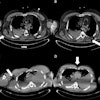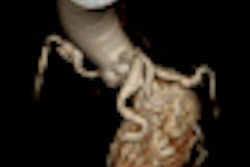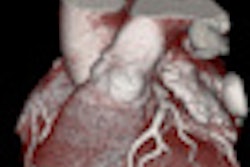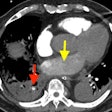Dear AuntMinnieEurope Member,
Personalized medicine is a very popular phrase among healthcare managers and analysts these days. But what exactly does it mean, and what implications does it have for medical imaging?
To bring some much-needed clarity, the European Society of Radiology's research committee established a working party under the watchful eye of Dr. Gabriel Krestin, from Rotterdam's Erasmsus Medical Center in the Netherlands. The group's white paper has just been published, and it's a very readable piece that will interest everybody who cares about the future of radiology. Click here to find out more.
The Rotterdam center is renowned for its socioeconomic research, and one of its teams has shown that CT-based coronary artery calcium screening in individuals at intermediate risk of heart disease is probably cost-effective for men but not women. Click here for the full report, or visit our Cardiac Imaging Digital Community.
The major drawback with MR-guided biopsies is that they are time-consuming and expensive compared with CT and ultrasound. However, researchers from the University of Tübingen, Germany, are working hard to cut the preparation time, and if centers obtain fewer image acquisitions and involve more experienced staff, they believe MR guidance is a feasible prospect. Get the story here.
Now that low-dose digital radiography units are in more widespread use, gonad shielding for pediatric pelvic examinations may not be necessary. Click here to read more.
Staff members at Harefield Hospital in the U.K. have extensive experience of how CT coronary artery calcification contributes to assessment of chest pain, and they presented their findings at the European Society of Cardiology's 2011 annual congress. To learn more, click here or visit the CT Digital Community.
Finally, when you administer your next dose of contrast media, spare a thought for Dr. Torsten Almén from Sweden and other pioneers who did the important early development work. For the latest installment of our history column, click here.




















